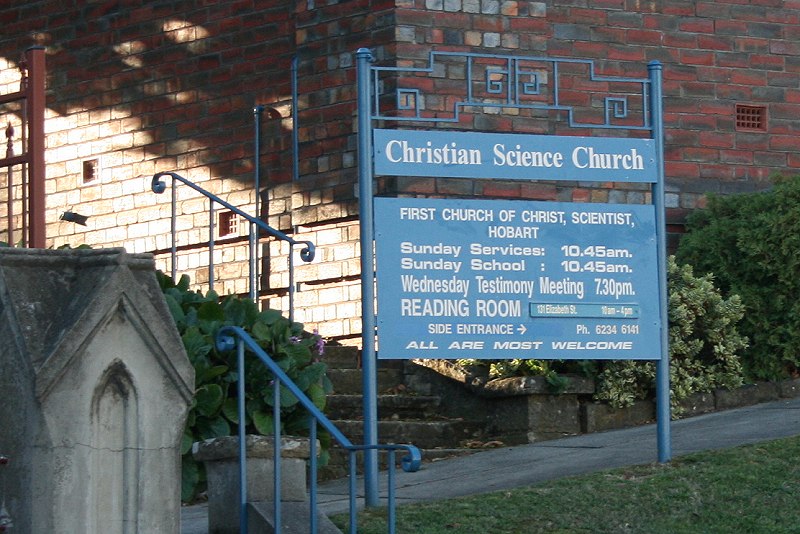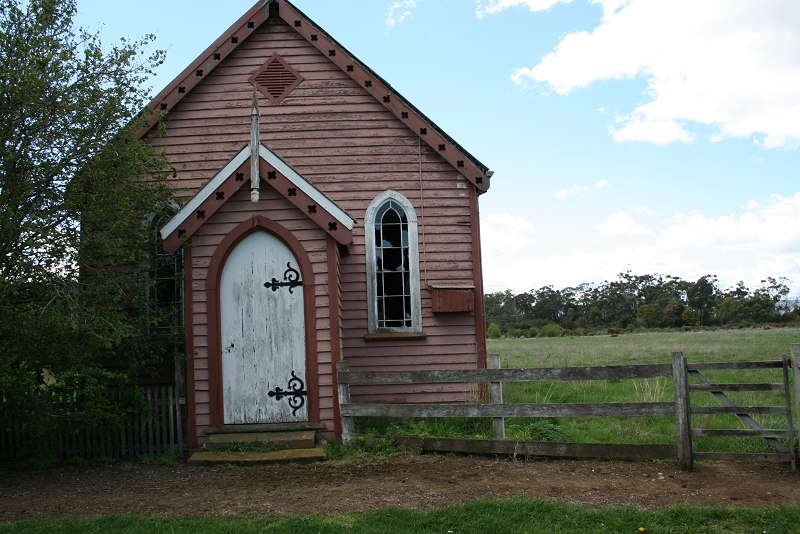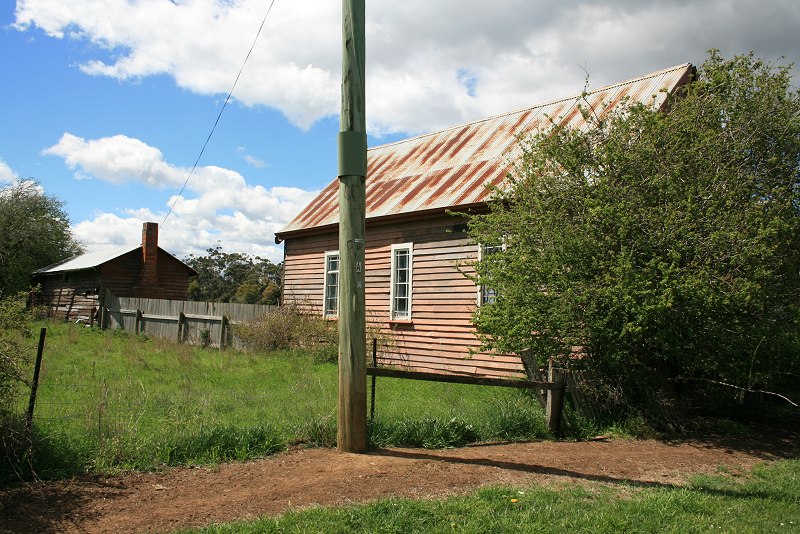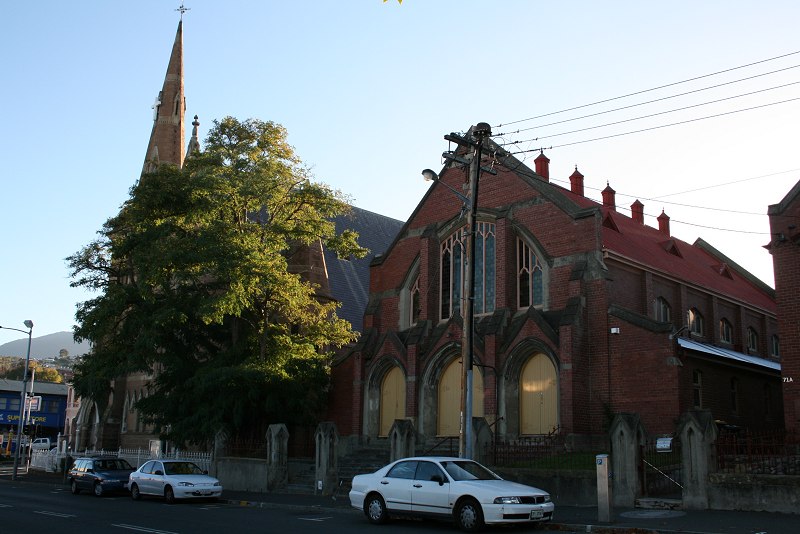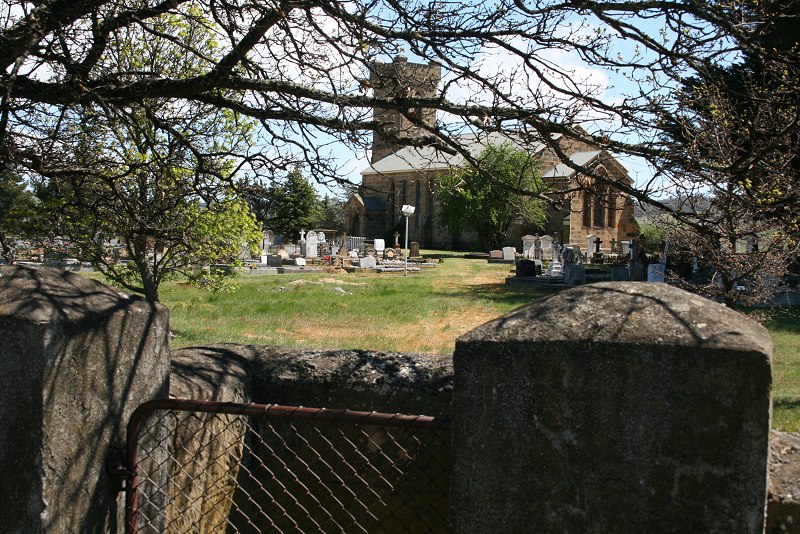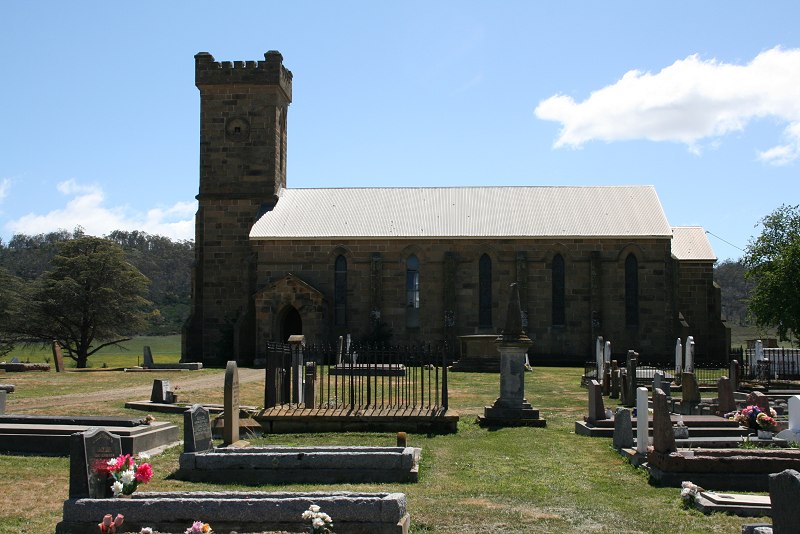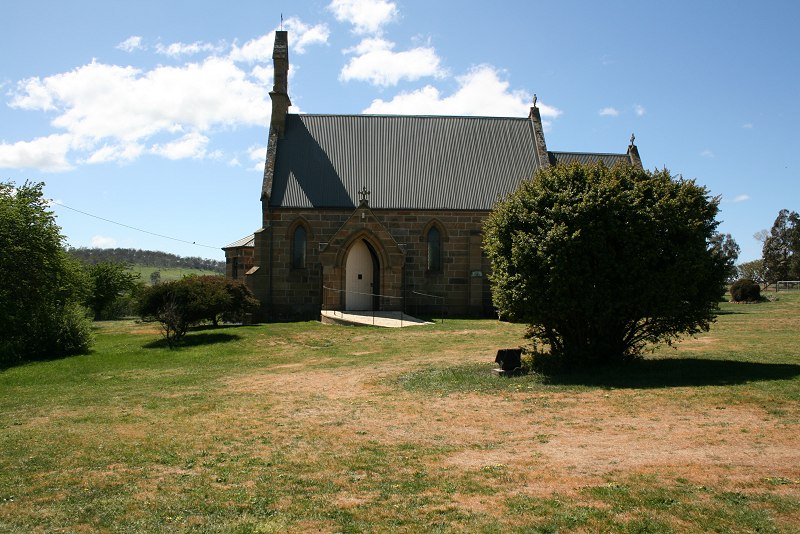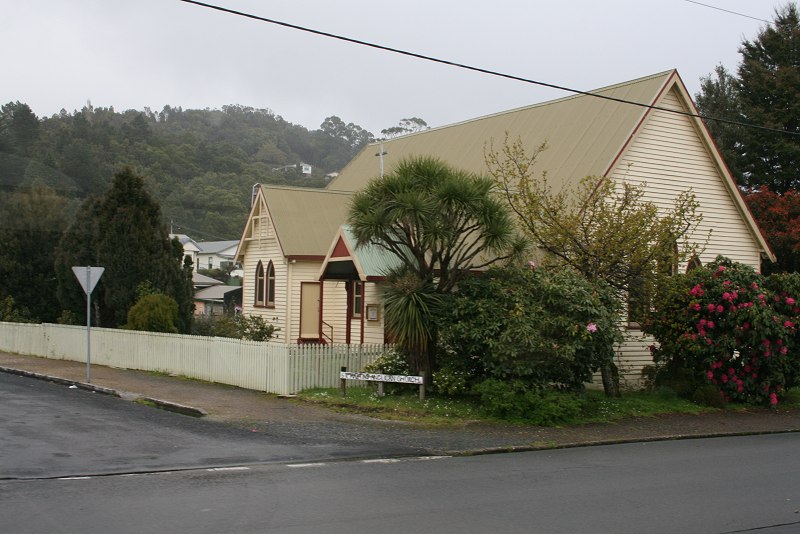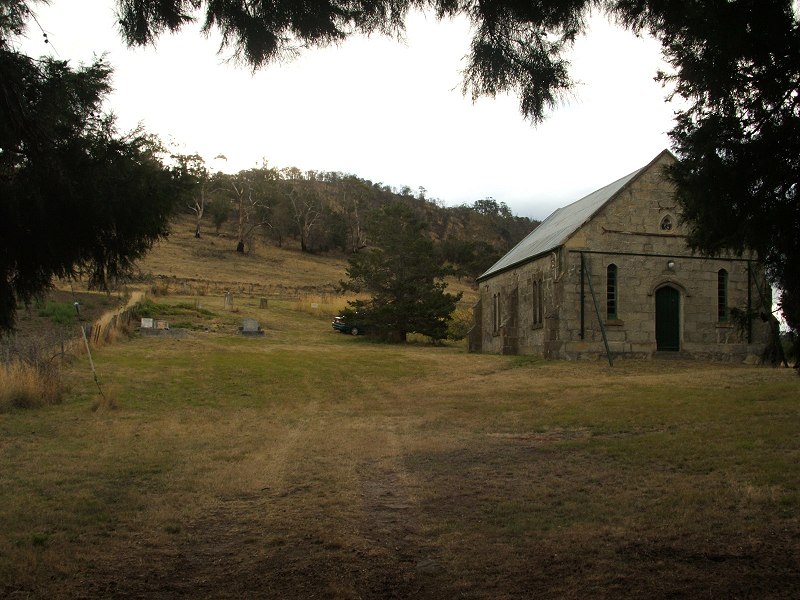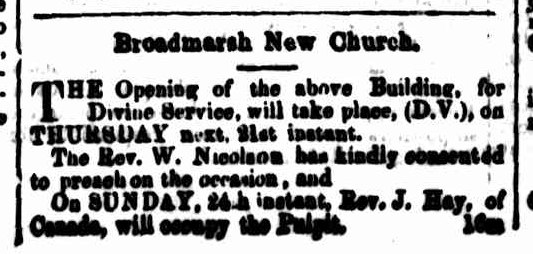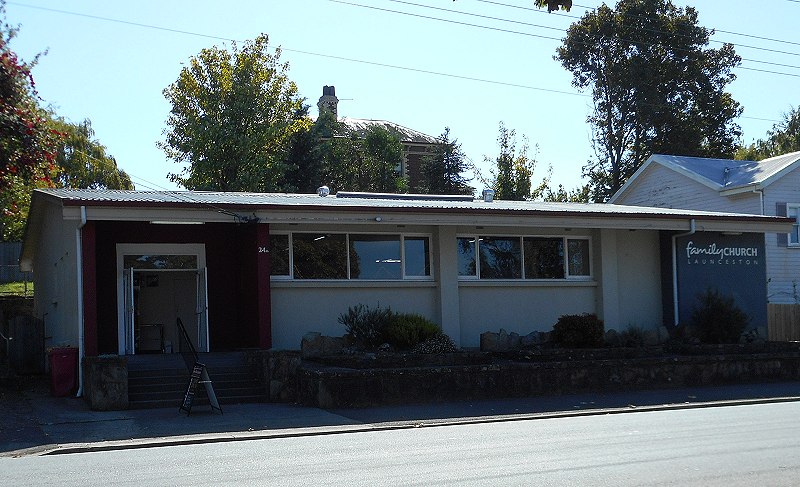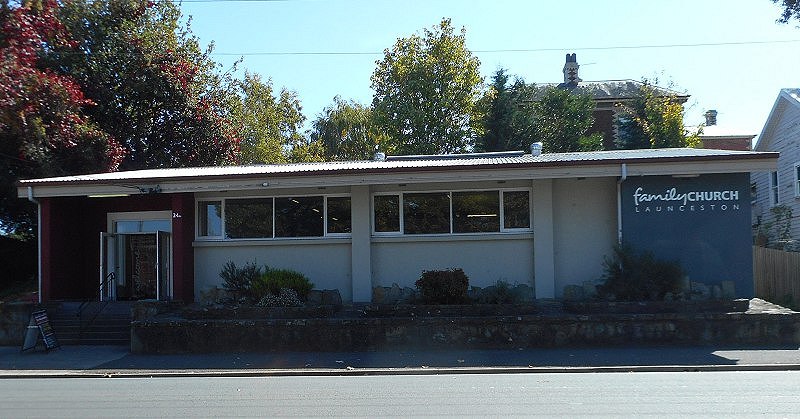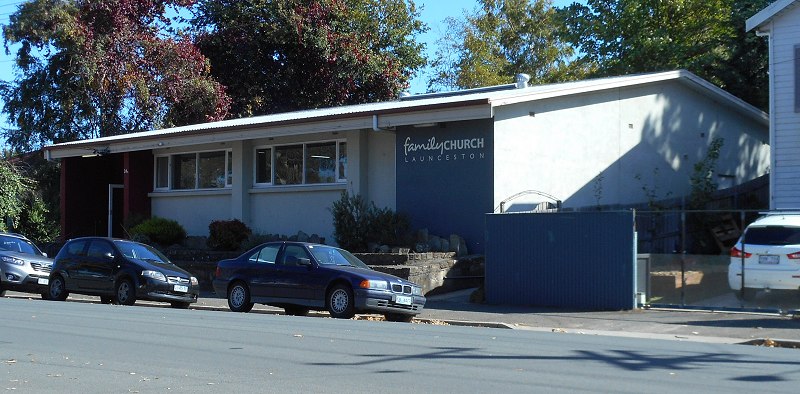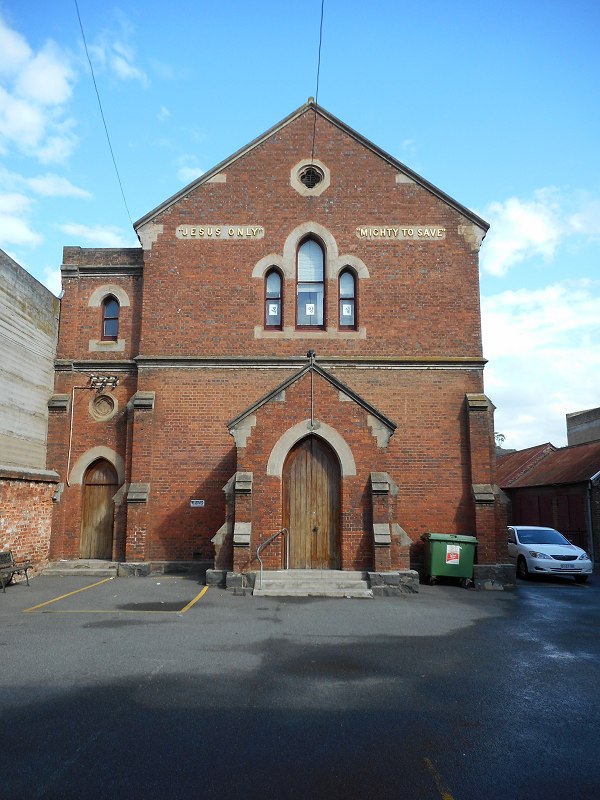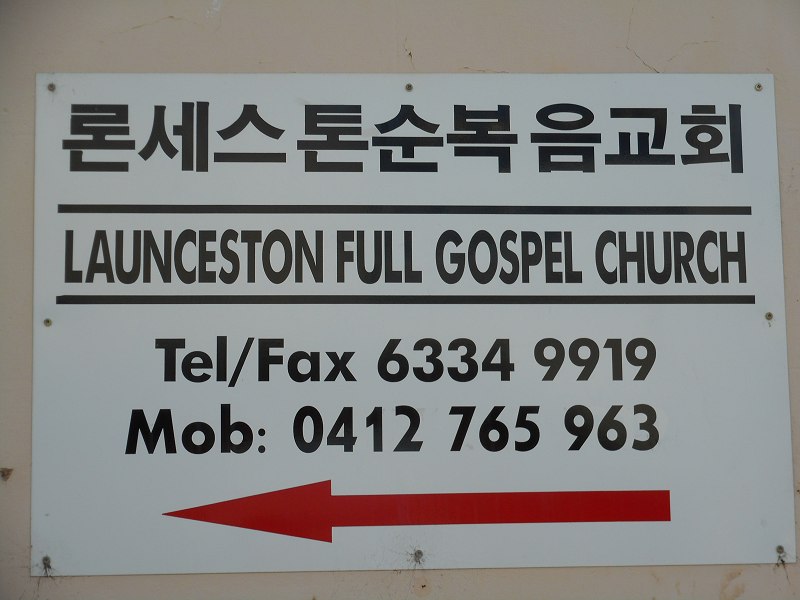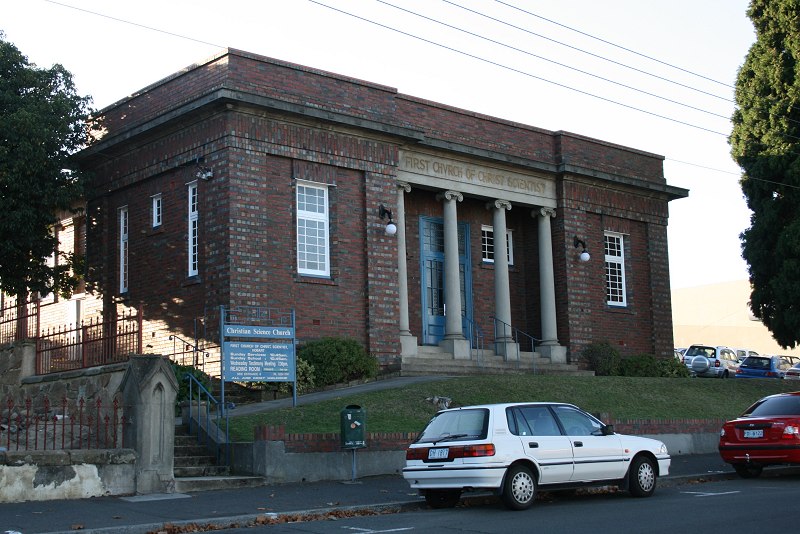
67 Brisbane St. Opened 1929.
DEDICATION OF A CHURCH EDIFICE
The First Church of Christ, Scientist, Hobart
On a recent Sunday in Hobart the Christian Science Church, “First Church of Christ, Scientist, Hobart,” at 69 Brisbane street, near Elizabeth street, was dedicated.
Christian Science churches are not dedicated until they are debt-free, and it was with glad hearts and grateful thanks to the Giver of all good that the doors were opened for three services that day. Each service was a replica of the others, but three were necessary to meet the needs of all those desiring to attend.
In the dedicatory announcement, which was of extreme simplicity, the following facts and dates were included: The first recorded meeting in Hobart of a group of people interested in Christian Science was held on 26th February, 1913; one year later, 25th February, 1914, the group had so grown that a room had been rented in Miller’s Chambers, Murray street, and regular Sunday services and Wednesday testimony meetings were commenced as from that date; as the group grew in numbers, successive moves were made to 145 Macquarie street; Y.M.C.A. Building, Murray street; and the Bijou Theatre, Melville street; the first de- finite step towards erecting its own edifice for worship was taken in March, 1922, when the group inaugurated a church building fund; official recognition of the establishment of Christian Science in Tasmania came on 30th July, 1923, when the group was received as an official branch of “The Mother Church, The First Church of Christ, Scientist, in Boston, Massachusetts, U.S.A.,” the Hobart organisation being named “Christian Science Society, Hobart”; in July, 1928, the society purchased its fine building site in Brisbane street, and in September of that year was granted full branch church status as “First Church of Christ, Scientist, Hobart”; the foundation stone of the church edifice was laid during December, 1928; the first services in the new building were held on Sunday, 17th March, 1929, Sunday school being held in the edifice on Sunday afternoon; at a meeting in April, 1933, the membership decided to enlarge the edifice. When completed, the addition was partitioned off, sound-proofed, and set apart for use as a Sunday school during the period when the morning service was being conducted in the main edifice. Thus the edifice is already in existence when further extensions are necessary to accommodate increased congregations, all that is necessary to secure larger church premises being to knock out the partition and instal church seating. As will be seen from the illustration, the building is attractively constructed of burnt brick with concrete pillars, and accessories include metal window frames. The building is heated by electricity, and has an inclined floor, which enables everyone in tho congregation to secure a clear view of the readers who conduct the services.
[continued]
The Advocate, 11 May 1940
